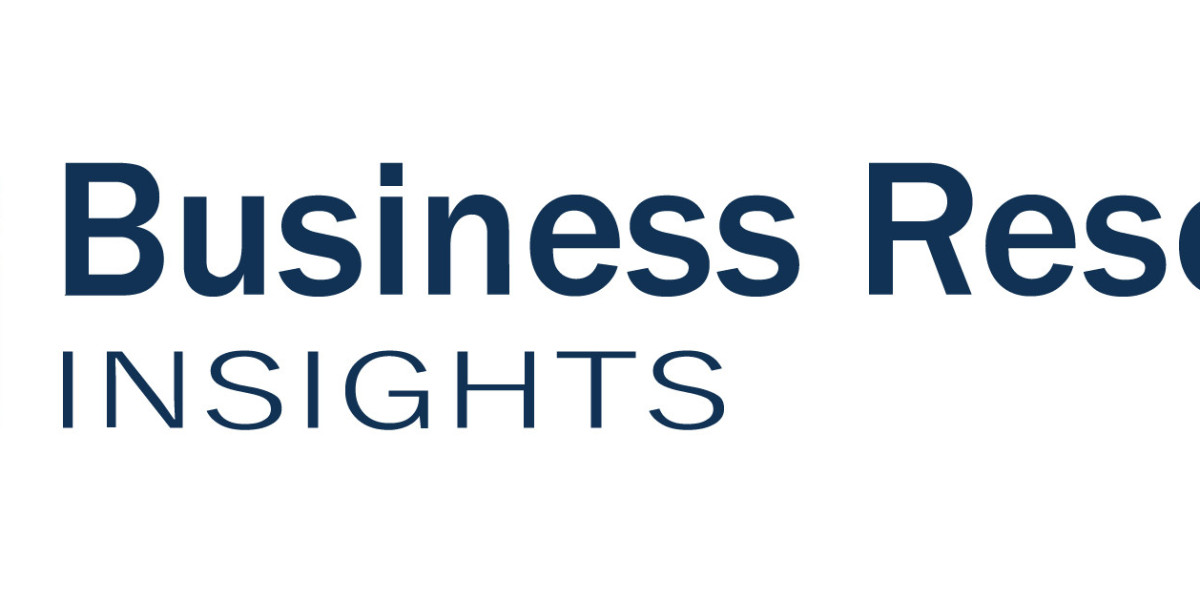Running HR meetings with employees is a critical aspect of managing a productive and engaged workforce. Effective HR meetings can address concerns, set expectations, and foster a culture of open communication. Here’s how to run HR meetings with employees, incorporating the use of an anonymous feedback tool:
1. Set Clear Objectives
Purpose: Define the purpose of the meeting, whether it's to discuss performance, address concerns, or provide updates. Clear objectives help keep the meeting focused and productive.
Agenda: Share a detailed agenda with the participants in advance, outlining the topics to be discussed. This allows employees to prepare and ensures that all relevant issues are covered.
2. Create a Comfortable Environment
Inclusive Atmosphere: Ensure the meeting environment is welcoming and non-threatening. This encourages open communication and makes employees feel valued and respected.
Confidentiality: Emphasize the importance of confidentiality, especially when discussing sensitive topics. This builds trust and encourages employees to speak freely.
3. Encourage Open Communication
Two-Way Dialogue: Foster an open dialogue by encouraging employees to share their thoughts, concerns, and suggestions. Active listening is key to understanding their perspectives.
Anonymous Feedback Tool: Utilize an anonymous feedback tool to gather honest feedback from employees before the meeting. This tool allows employees to express concerns they might be hesitant to voice openly, giving HR valuable insights to address during the meeting.
4. Address Key Topics Effectively
Performance and Development: Discuss employee performance, provide constructive feedback, and explore opportunities for professional growth. Use data-driven insights to support your points and make the discussion more objective.
Employee Well-being: Address any concerns related to employee well-being, including work-life balance, stress levels, and overall job satisfaction. Ensure that employees feel supported and understood.
5. Use Technology to Enhance the Meeting
Digital Tools: Leverage HR software to streamline meeting logistics, such as scheduling, agenda setting, and note-taking. This ensures that meetings are well-organized and time-efficient.
Anonymous Feedback Tool: Revisit the feedback collected through the anonymous feedback tool during the meeting to address any recurring issues or concerns. This demonstrates that employee input is valued and acted upon.
6. Follow Up and Action Plan
Summarize the Meeting: Conclude the meeting by summarizing the key points discussed and any decisions made. This ensures clarity and reinforces the meeting's objectives.
Action Items: Assign action items and establish deadlines for follow-up. This keeps the momentum going and ensures that the issues discussed are addressed in a timely manner.
Continuous Feedback: Encourage ongoing feedback through the anonymous feedback tool. This allows HR to monitor the effectiveness of any changes implemented and make further adjustments as needed.
7. Evaluate and Improve
Review Outcomes: After the meeting, evaluate its effectiveness by reviewing the outcomes and gathering feedback from participants. This helps identify areas for improvement in future meetings.
Adapt and Evolve: Use the insights gained from the anonymous feedback tool and the meeting itself to refine your approach to HR meetings. Continuously adapting your methods will lead to more effective and meaningful interactions with employees.
Conclusion
Running HR meetings effectively requires careful planning, open communication, and the strategic use of technology. By incorporating an anonymous feedback tool, HR can gain deeper insights into employee concerns, making the meetings more productive and impactful. Regular evaluation and adaptation of the meeting process will ensure that these interactions contribute positively to the organization's overall success.







